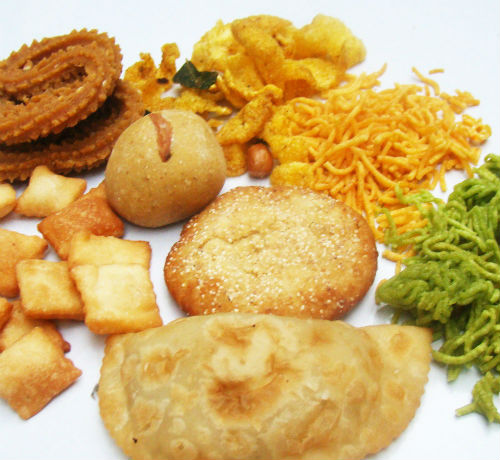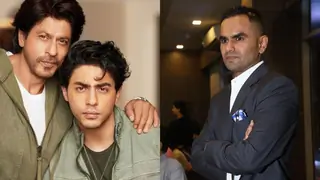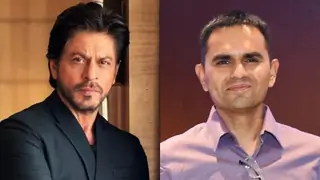


















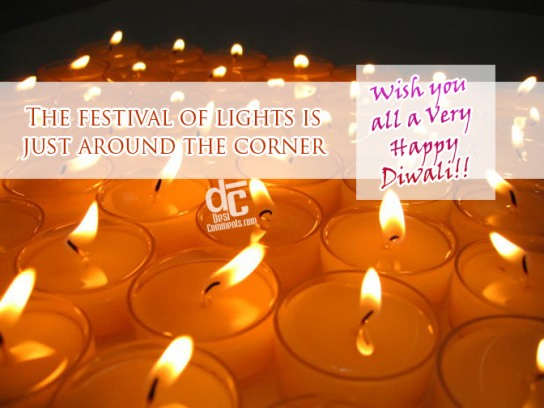
































A very interesting story about Dhanteras Festival says that once the sixteen year old son of King Hima. was doomed to die by a snake-bite on the fourth day of his marriage as per his horoscope. On that particular fourth day of his marriage his young wife did not allow him to sleep. She laid all the ornaments and lots of gold and silver coins in a big heap at the entrance of her husband's boudoir and lighted innumerable lamps all over the place. And she went on telling stories and singing songs.
When Yama, the god of Death arrived there in the guise of a Serpent his eyes got blinded by that dazzle of those brilliant lights and he could not enter the Prince's chamber. So he climbed on top of the heap of the ornaments and coins and sat there whole night listening to the melodious songs. In the morning he quietly went away. Thus the young wife saved her husband from the clutches of death. Since then this day of Dhanteras came to be known as the day of "Yamadeepdaan" and lamps are kept burning throughout the night in reverential adoration to Yam, the god of Death.
According to another popular legend, when the gods and demons churned the ocean for Amrit or nectar, Dhanavantri (the physician of the gods and an incarnation of Vishnu) emerged carrying a jar of the elixir on the day of Dhanteras.
To mark the auspicious day, houses and business premises are renovated and decorated. Entrances are made colorful with lovely traditional motifs of Rangoli designs to welcome the Goddess of Wealth and Prosperity. To indicate her long-awaited arrival, small footprints are drawn with rice flour and vermilion powder all over the houses. Lamps are kept burning all through the nights.

On Dhanteras Hindus consider it auspicious to purchase gold or silver articles or at least one or two new utensils. It is believed that new "Dhan" or some form of precious metal is a sign of good luck. "Laxmi-Puja" is performed in the evenings when tiny Diyas of clay are lighted to drive away the shadows of evil spirits. "Bhajans"-devotional songs- in praise of Goddess Laxmi are also sung.
Dhanteras is celebrated with gusto and enthusiasm. "Lakshmi-Puja" is performed in the evenings when tiny diyas of clay are lighted to drive away the shadows of evil spirits. Bhajans ir devotional songs- in praise of Goddess Laxmi are sung and "Naivedya" of traditional sweets is offered to the Goddess. There is a peculiar custom in Maharashtra to lightly pound dry coriander seeds with jaggery and offer as Naivedya.
In villages cattle are adorned and worshiped by farmers as they form the main source of their income. In south cows are offered special veneration as they are supposed to be the incarnation of Goddess Lakshmi and therefore they are adorned and worshiped on this day.
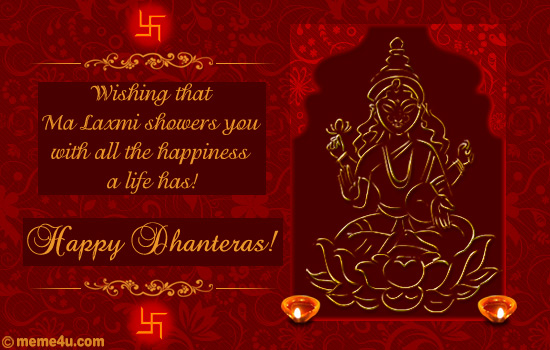
















Choti Diwali / Narak Chaturdasi
Legends behind Chhoti Diwali
















Lakshmi Puja on Diwali
















Padwa & Govardhan Puja
Padwa
The day following the Amavasya is "Kartik Shuddh Padwa" and it is only on this day that the King Bali would come out of Pathal Loka and rule Bhulok as per the boon given by Lord Vishnu. Hence, it is also known as "Bali Padyami". This day also marks the coronation of King Vikramaditya and Vikaram-Samvat was started from this Padwa day.
Gudi Padwa is symbolic of love and devotion between the wife and husband. On this day newly-married daughters with their husbands are invited for special meals and given presents. In olden days brothers went to fetch their sisters from their in-laws home for this important day.
Govardhan-Puja
Govardhan-Puja is also performed in the North on this day. Govardhan is a small hillock in Braj, near Mathura and on this day of Diwali people of Punjab, Haryana, Uttar Pradesh and Bihar build cowdung, hillocks, decorate them with flowers and then worship them. This festival is in commemoration of the lifting of Mount Govardhan by Krishna. As per Vishnu-Puran the people of Gokul used to celebrate a festival in honor of Lord Indra and worshiped him after the end of every monsoon season but one particular year the young Krishna stopped them from offering prayers to Lord Indra who in terrific anger sent a deluge to submerge Gokul.
People were afraid that the downpour was a result of their neglect of Indra. But Krishna assured them that no harm would befall them. He lifted Mount Govardhan with his little finger and sheltered men and beasts from the rain. This gave him the epithet Govardhandhari. After this, Indra accepted the supremacy of Krishna.
This day is also observed as Annakoot meaning mountain of food. Pious people keep awake the whole night and cook fifty-six or 108 different types of food for the bhog (the offering of food) to Krishna. In temples specially in Mathura and Nathadwara, the deities are given milkbath, dressed in shining attires with ornaments of dazzling diamonds, pearls, rubies and other precious stones. After the prayers and traditional worship innumerable varieties of delicious sweets are ceremoniously raised in the form of a mountain before the deities as"Bhog" and then the devotees approach the Mountain of Food and take Prasad from it. 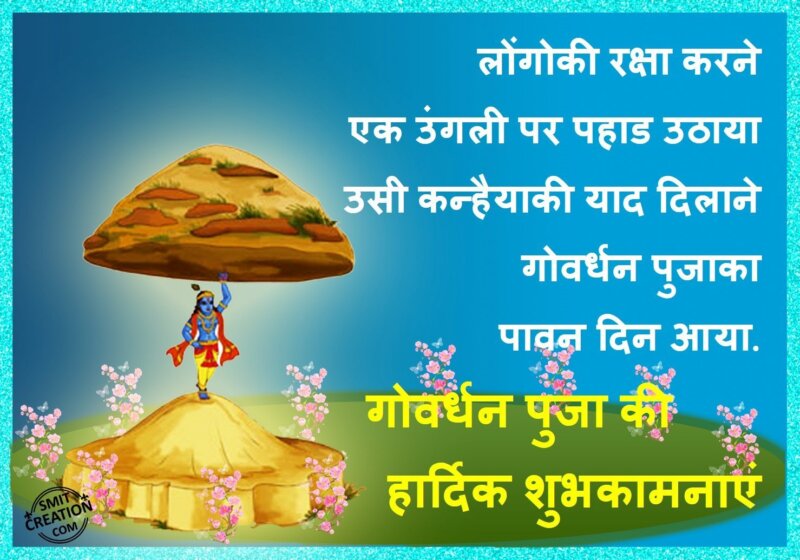

















Bhai Duj / Bhaiya Duj / Bhai Dooj
Diwali, the festival of lights, is a five day long celebrations. The fifth or the last day of diwali is Bhaiya Dooj, popularly know as Bhai Dooj. The reason why this festival is known as bhai dooj is that it falls on the second day after the new moon, that is the Dooj day. And it is a day to pray for the long life of the brother, which is referred as "bhayya or bhai". According to religious scriptures, Yamaraj, the God of death, went to visit his sister's house after a long period of separation. His sister, Yami was very happy to see him and welcomed him by putting an auspicious mark on his forehead for his welfare. Yami and Yamraj then shared a meal. He was so pleased with his sister's reception, he proclaimed that every year, on the dooj day, if a sister puts a tilak on her brother's forehead, then no one can harm her brother. Till date, this tradition is followed. Sisters perform puja for their brothers safety and well being. Brothers in return give gifts to their sisters as a token of love.
Another version Lord Krishna, after killing Narakasur, the asura king, went to meet his sister Subhadra. Subhadra welcomed him in the traditional way by showing him a light and putting on his forehead a tilak of her sisterly protection.
Some other legend says that Bhagawaan Mahavir found nirvana, his brother Raja Nandivardhan was very say and missed his brother a lot. Sister Sudarshana then comforted his brother. Since then, women have been revered during this festival.
The festival of Diwali is incomplete without bhai dooj. It is referred as "Bhaiyya-Duj" in the Hindi-speaking belt, "Bhav--Bij" in the Marathi-speaking communities, "Bhai fota" in Bengal and "Bhai-Tika" in Nepal.
The essence of the Bhai dooj festival is that it is celebrated to strengthen the love between brothers and sisters. It is a day of food-sharing, gift-giving and reaching out to the inner most depths of the hearts. Brothers and sisters indulge themselves on this day by gifting each other gifts. Varied gifts specially meant for bhai dooj is available in the market.
Diwali, the festival of lights, is a five day long celebrations. The fifth or the last day of diwali is Bhaiya Dooj, popularly know as Bhai Dooj. The reason why this festival is known as bhai dooj is that it falls on the second day after the new moon, that is the Dooj day. And it is a day to pray for the long life of the brother, which is referred as "bhayya or bhai". According to religious scriptures, Yamaraj, the God of death, went to visit his sister's house after a long period of separation. His sister, Yami was very happy to see him and welcomed him by putting an auspicious mark on his forehead for his welfare. Yami and Yamraj then shared a meal. He was so pleased with his sister's reception, he proclaimed that every year, on the dooj day, if a sister puts a tilak on her brother's forehead, then no one can harm her brother. Till date, this tradition is followed. Sisters perform puja for their brothers safety and well being. Brothers in return give gifts to their sisters as a token of love.
Another version Lord Krishna, after killing Narakasur, the asura king, went to meet his sister Subhadra. Subhadra welcomed him in the traditional way by showing him a light and putting on his forehead a tilak of her sisterly protection.
Some other legend says that Bhagawaan Mahavir found nirvana, his brother Raja Nandivardhan was very say and missed his brother a lot. Sister Sudarshana then comforted his brother. Since then, women have been revered during this festival.
The festival of Diwali is incomplete without bhai dooj. It is referred as "Bhaiyya-Duj" in the Hindi-speaking belt, "Bhav--Bij" in the Marathi-speaking communities, "Bhai fota" in Bengal and "Bhai-Tika" in Nepal.
The essence of the Bhai dooj festival is that it is celebrated to strengthen the love between brothers and sisters. It is a day of food-sharing, gift-giving and reaching out to the inner most depths of the hearts. Brothers and sisters indulge themselves on this day by gifting each other gifts. Varied gifts specially meant for bhai dooj is available in the market.
















With gleam of Diyas
And the Echo of the Chants
May Happiness and Contentment Fill Your life

























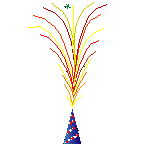







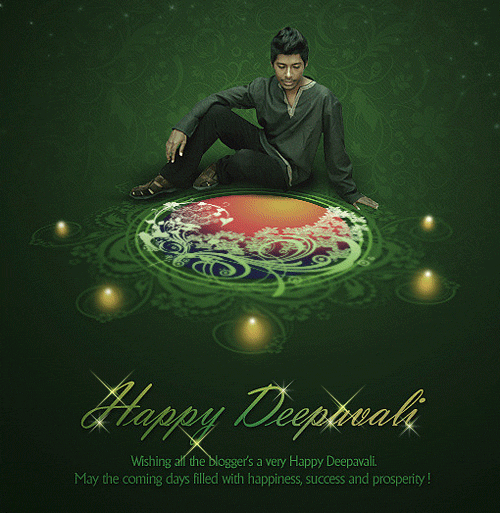 [credit to manesha76]
[credit to manesha76]





